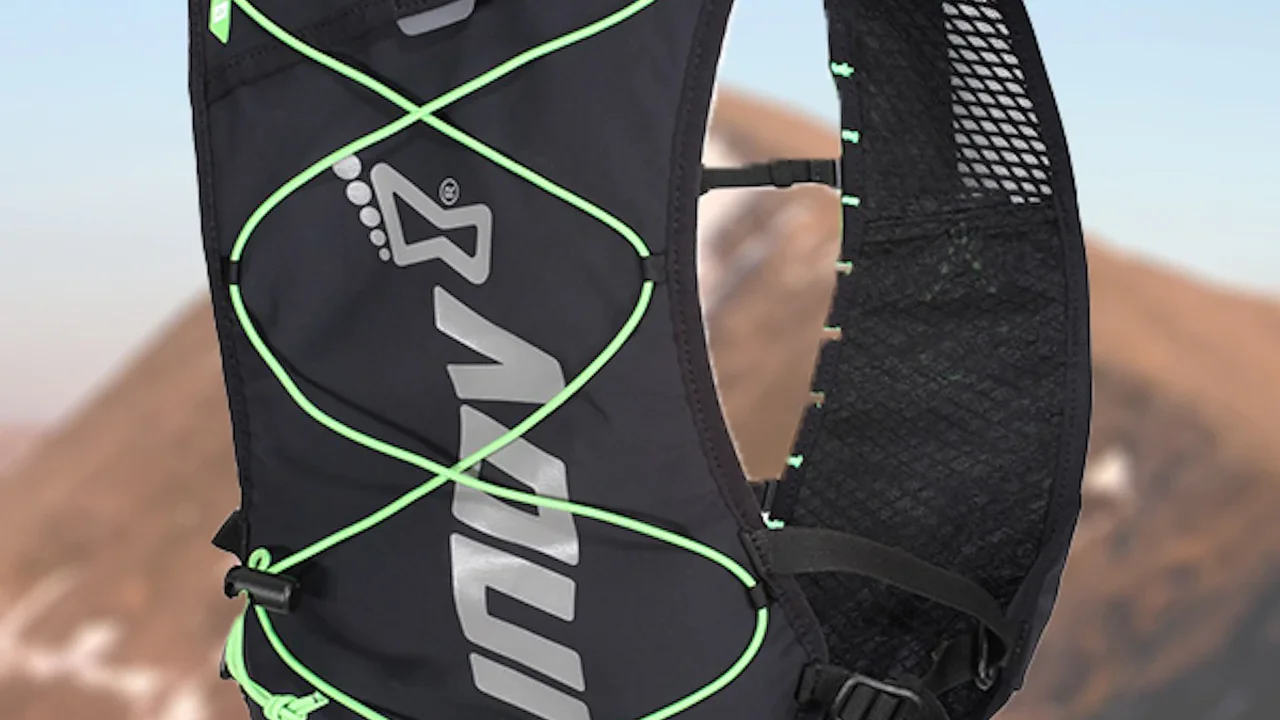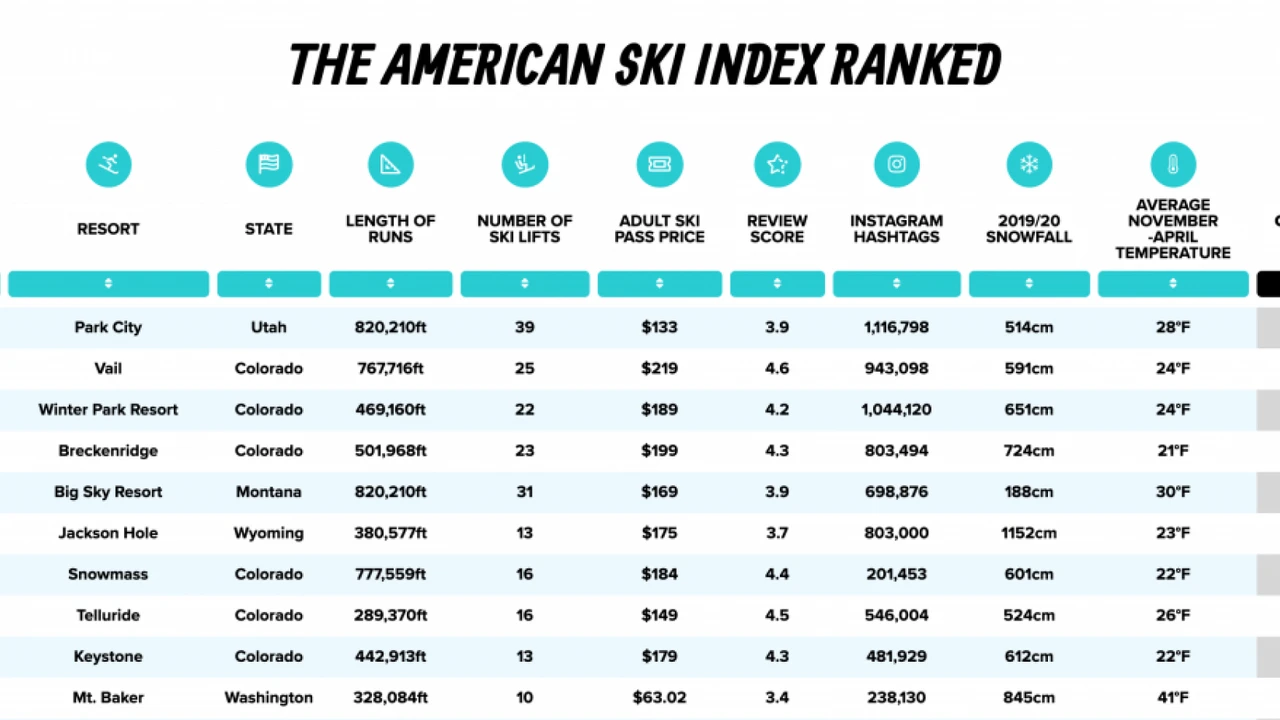Best Hydration Packs for Trail Running and Cycling
Stay hydrated on the go with the best hydration packs for trail running and cycling. Comfort, capacity, and features reviewed.

Best Hydration Packs for Trail Running and Cycling
Why Hydration is Key for Trail Running and Cycling Performance
Whether you're pounding the trails on foot or cycling through challenging terrain, proper hydration isn't just about comfort; it's absolutely critical for performance, endurance, and safety. Dehydration, even mild, can significantly impair your physical and cognitive functions. You might experience fatigue, muscle cramps, dizziness, and a decrease in overall output. For trail runners, this could mean a slower pace or even a DNF. For cyclists, it could lead to reduced power output or difficulty maintaining control on technical descents. Hydration packs offer a convenient and efficient way to carry and access fluids, allowing you to maintain optimal hydration levels without breaking your stride or losing focus. Unlike water bottles that require you to reach, grab, and often slow down, a hydration pack provides hands-free access to water, making it an indispensable piece of gear for any serious trail runner or cyclist.
Understanding Hydration Pack Essentials Capacity and Fit
When choosing a hydration pack, two of the most fundamental aspects to consider are its capacity and how well it fits your body. The ideal capacity depends largely on the duration and intensity of your activity, as well as environmental factors like temperature and humidity. For shorter runs or rides (1-2 hours), a smaller pack with a 1-1.5 liter reservoir might suffice. For longer adventures (2-4 hours or more), you'll likely need a 2-3 liter reservoir to ensure you have enough fluid. Some ultra-endurance athletes even opt for packs with 4-liter capacities or more, especially in remote areas where refilling opportunities are scarce.
Fit is equally, if not more, important. A poorly fitting pack will bounce, chafe, and generally be a nuisance, distracting you from your activity. Look for packs with adjustable sternum straps and waist belts to secure the load. Many packs designed specifically for trail running feature vest-like designs that hug the body, minimizing movement. Cycling-specific packs often have a lower profile to avoid interfering with helmet clearance and riding posture. Women-specific designs are also available, featuring contoured shoulder straps and chest sizing for a more comfortable and secure fit. Always try on a pack, ideally with some weight in it, to assess its comfort and stability before making a purchase.
Key Features to Look for in Hydration Packs Bladder Design and Hose Management
Beyond capacity and fit, several other features contribute to a hydration pack's overall functionality and user experience. The bladder itself is paramount. Look for bladders made from durable, BPA-free materials that are easy to clean and fill. Wide-mouth openings are a huge plus for cleaning and adding ice. Some bladders feature baffles or internal dividers to prevent sloshing, which can be particularly annoying during high-impact activities like trail running. Quick-disconnect hoses allow you to remove the bladder for refilling without having to unthread the hose from the pack, a small but significant convenience.
Hose management is another critical detail. A well-designed pack will have a secure way to route and attach the drinking tube, preventing it from flopping around or getting snagged. Magnetic clips, elastic loops, or dedicated shoulder strap channels are common solutions. The bite valve should be easy to open and close, provide a good flow rate, and ideally have a cover to keep it clean from dirt and debris, especially important when you're out on dusty trails.
Storage and Organization Beyond Water for Trail Runners and Cyclists
While hydration is the primary function, modern hydration packs are also designed to carry essential gear. For trail runners, this might include energy gels, a lightweight jacket, a phone, keys, and a small first-aid kit. Look for packs with multiple pockets, including easily accessible front pockets for gels or soft flasks, and a main compartment for larger items. Some packs even feature trekking pole attachments. For cyclists, storage needs might include a multi-tool, spare tube, tire levers, a mini pump, and snacks. Cycling packs often have specific tool pockets and sometimes even helmet carry systems.
Consider the type and placement of pockets. Are they zippered for security? Are they stretchy for easy access? Is there a dedicated phone pocket that's easily reachable? Reflective accents are a good safety feature for low-light conditions, especially for road cyclists or early morning/late evening trail runners. Some packs also include a whistle for emergencies, a small but potentially life-saving addition.
Top Hydration Pack Recommendations for Trail Running
When it comes to trail running, minimizing bounce and maximizing comfort are paramount. Here are a few top picks:
Salomon ADV Skin 12 Set
- Description: This is a highly popular and well-regarded vest-style pack designed for serious trail runners and ultra-marathoners. It's known for its glove-like fit and excellent stability. It comes with two 500ml soft flasks in the front pockets, and a rear compartment for a 1.5L bladder (sold separately).
- Capacity: 12 liters (total volume, including soft flasks and main compartment).
- Features: Sensifit construction for a snug fit, multiple front and side pockets for quick access to essentials, trekking pole holders, whistle.
- Use Case: Long trail runs, ultra-marathons, fast-paced day hikes where minimal bounce is crucial.
- Pros: Exceptional fit and stability, excellent organization, quick access to hydration and nutrition.
- Cons: Bladder not included, higher price point, can feel warm in very hot weather.
- Approximate Price: $150 - $180 USD
Nathan VaporAir 7L
- Description: A versatile and lightweight hydration vest that offers a good balance of capacity and comfort for medium to long trail runs. It includes a 2L bladder.
- Capacity: 7 liters (total volume), 2L bladder.
- Features: Adjustable fit system, multiple storage pockets including a large main compartment and front pockets for soft flasks or phone, reflective details.
- Use Case: Medium to long trail runs, adventure races, day hikes.
- Pros: Good value, comfortable fit, decent storage for essentials, bladder included.
- Cons: Can be slightly less stable than Salomon for some body types, bladder can be tricky to clean.
- Approximate Price: $120 - $140 USD
Osprey Dyna 1.5 (Women's) / Duro 1.5 (Men's)
- Description: Osprey's entry into the running vest market, offering a comfortable and stable option for shorter to medium distances. Includes a 1.5L Hydraulics LT Reservoir.
- Capacity: 1.5 liters (total volume), 1.5L bladder.
- Features: Body-hugging fit, zippered phone pocket, multiple stretch mesh pockets, trekking pole attachment.
- Use Case: Shorter trail runs, fast hikes, races where minimal gear is needed.
- Pros: Excellent bladder design (easy to fill/clean), comfortable and stable, good quality construction.
- Cons: Limited storage for longer efforts, can feel a bit bulky for some minimalists.
- Approximate Price: $100 - $120 USD
Top Hydration Pack Recommendations for Cycling
For cyclists, packs often prioritize airflow, stability on the bike, and specific tool organization.
CamelBak M.U.L.E.
- Description: A legendary pack in the mountain biking world, the M.U.L.E. (Medium to Ultra Long Endeavor) offers a perfect balance of hydration capacity and cargo space for day-long rides. It includes a 3L Crux Reservoir.
- Capacity: 12 liters (cargo), 3 liters (reservoir).
- Features: Air Director back panel for ventilation, magnetic tube trap, bike tool organizer roll, helmet carry, multiple zippered pockets.
- Use Case: Mountain biking, gravel cycling, long road rides where extra gear is needed.
- Pros: Excellent ventilation, robust construction, ample storage, reliable bladder system.
- Cons: Can be a bit bulky for minimalist riders, not ideal for very short rides.
- Approximate Price: $110 - $130 USD
Osprey Raptor 14 (Men's) / Raven 14 (Women's)
- Description: Osprey's premium cycling hydration pack, known for its superior fit, ventilation, and thoughtful organization. Includes a 2.5L Hydraulics LT Reservoir.
- Capacity: 14 liters (cargo), 2.5 liters (reservoir).
- Features: AirScape back panel for ventilation, LidLock helmet attachment, integrated roll-out tool pouch, magnetic sternum strap bite valve attachment.
- Use Case: Mountain biking, enduro, long-distance cycling.
- Pros: Superb ventilation, excellent tool organization, stable on the bike, high-quality bladder.
- Cons: Higher price point, can be overkill for short rides.
- Approximate Price: $140 - $160 USD
Deuter Compact EXP 14
- Description: A versatile cycling pack that offers expandable volume for longer trips and excellent ventilation. It does not include a bladder, allowing you to choose your preferred brand.
- Capacity: 14 + 3 liters (expandable cargo).
- Features: Airstripes back system for maximum airflow, integrated rain cover, helmet holder, tool compartment, side compression straps.
- Use Case: Mountain biking, bike commuting, day tours where extra gear or an expandable volume is beneficial.
- Pros: Excellent ventilation, expandable volume, durable construction, rain cover included.
- Cons: Bladder sold separately, can be slightly heavier than some minimalist options.
- Approximate Price: $100 - $120 USD
Comparing Hydration Pack Brands and Technologies
The hydration pack market is dominated by a few key players, each with their own strengths and proprietary technologies. Understanding these can help you make an informed decision.
CamelBak
Strengths: Pioneers in hydration packs, known for their durable bladders (Crux Reservoir) with high flow rates and easy-to-use bite valves. Their packs often feature excellent ventilation systems (e.g., Air Director back panel) and thoughtful organization for cycling and hiking. They have a vast range of products for various activities.
Key Technologies: Crux Reservoir (high flow), Magnetic Tube Trap, Air Director Back Panel.
Osprey
Strengths: Renowned for their exceptional fit and comfort, particularly with their AirScape and AirSpeed back panels that provide superb ventilation. Osprey's bladders (Hydraulics LT and Hydraulics) are also highly regarded for ease of filling and cleaning. They offer specific men's and women's fits across many models.
Key Technologies: AirScape/AirSpeed Back Panels, Hydraulics Reservoirs, LidLock Helmet Attachment.
Salomon
Strengths: Dominant in the trail running vest market, known for their 'Sensifit' technology which creates a bounce-free, body-hugging fit. They often integrate soft flasks into the front of their vests for quick access to hydration and nutrition. Their focus is on lightweight, minimalist designs for high-performance running.
Key Technologies: Sensifit, Quick Link sternum strap, soft flask integration.
Nathan
Strengths: Another strong contender in the running hydration space, offering a wide range of vests and handhelds. Nathan packs often provide a good balance of features, comfort, and value. They are known for their reflective elements and focus on runner-specific needs.
Key Technologies: SpeedDraw Flasks, various adjustable fit systems.
Deuter
Strengths: German brand known for robust, durable packs with excellent ventilation systems (Airstripes). While they don't always include bladders, their packs are well-built and offer great comfort and organization, particularly for cycling and hiking.
Key Technologies: Airstripes Back System, various load transfer systems.
Maintenance and Care for Your Hydration Pack Longevity Tips
To ensure your hydration pack lasts for many adventures and remains hygienic, proper maintenance is essential. The most critical step is cleaning the bladder after every use. Residual water or sports drink can lead to mold and mildew growth, which is not only unappetizing but also unhealthy. Here's a simple routine:
- Empty and Rinse: After each use, empty any remaining liquid from the bladder. Rinse it thoroughly with warm water.
- Clean with Soap: For a deeper clean, especially after using sports drinks, use a mild dish soap and warm water. Many brands offer cleaning kits with brushes specifically designed for bladders and hoses.
- Dry Thoroughly: This is perhaps the most important step. Ensure the bladder is completely dry before storing it. You can use a bladder dryer rack, paper towels, or simply prop it open to allow air circulation. Hang the hose to dry as well.
- Store Properly: Once dry, store the bladder in a clean, dry place, ideally with some air circulation. Some people even store their bladders in the freezer to prevent bacterial growth, especially if they won't be using it for an extended period.
- Clean the Bite Valve: Don't forget the bite valve! It can accumulate residue. Disassemble it if possible and clean it with a small brush or cotton swab.
- Pack Care: For the pack itself, spot clean any dirt with a damp cloth and mild soap. For a more thorough wash, check the manufacturer's instructions; some packs can be hand-washed or even machine-washed on a gentle cycle (remove bladder first!). Always air dry the pack completely.
By following these simple steps, you can significantly extend the life of your hydration pack and ensure you always have clean, fresh water on your runs and rides.
The Future of Hydration Packs Smart Features and Sustainability
The world of hydration packs is constantly evolving, with manufacturers focusing on both smart technology integration and environmental sustainability. We're seeing more packs with:
- Integrated Sensors: Some advanced bladders or packs might incorporate sensors to monitor water levels, track consumption, or even integrate with fitness trackers to provide real-time hydration recommendations.
- Smart Organization: More intuitive pocket designs, quick-access magnetic closures, and even integrated power bank pockets for charging devices on the go.
- Sustainable Materials: A growing trend towards using recycled fabrics for the pack body and BPA/PVC-free materials for bladders. Brands are also exploring more eco-friendly manufacturing processes.
- Improved Ventilation: Continuous innovation in back panel designs to maximize airflow and minimize sweat buildup, crucial for comfort during long, strenuous activities.
- Modular Systems: Packs that allow for easy customization, such as interchangeable bladder sizes or removable storage pockets, to adapt to different activity needs.
As athletes demand more from their gear, hydration packs will continue to become lighter, more comfortable, more functional, and increasingly environmentally conscious. This ongoing innovation ensures that staying hydrated on the trails and roads will only get easier and more efficient.
:max_bytes(150000):strip_icc()/277019-baked-pork-chops-with-cream-of-mushroom-soup-DDMFS-beauty-4x3-BG-7505-5762b731cf30447d9cbbbbbf387beafa.jpg)





